🏢 9,000+ Organisations
🏆 6 x L&D/HR Awards
⭐ 4.8/5 Highly Rated
🧠 24 Years' Experience
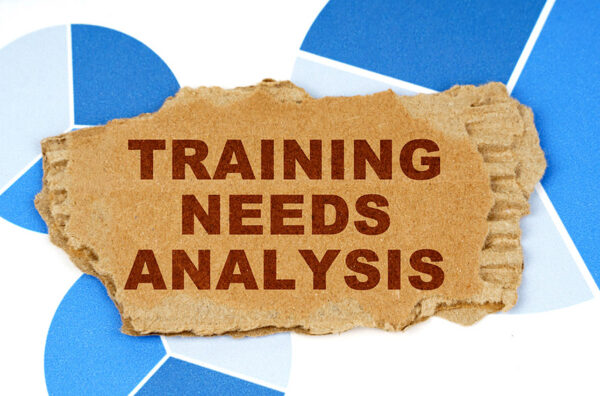
Implemented correctly and they can be a vehicle for performance improvement. Implemented incorrectly and they can demotivate and cost you a ton of money.
What am I talking about?
Well, I’m talking about a Training Needs Analysis. Some call it a TNA or Training Needs Assessment.
This guide will cover what a Training Needs Analysis is and how to implement them in the right way to maximise their effectiveness.
I’ll also cover some useful tools that you can use to identify the training needs of your people and how to achieve this. We get approached all the time from organisations wanting management training based on a hunch. Yes, a feeling. There’s no science behind it all and no training needs have been identified. This is okay if all your managers are on the same level. But what if some have 30 years’ experience behind them and some are new to the role. They will all have different training requirements.
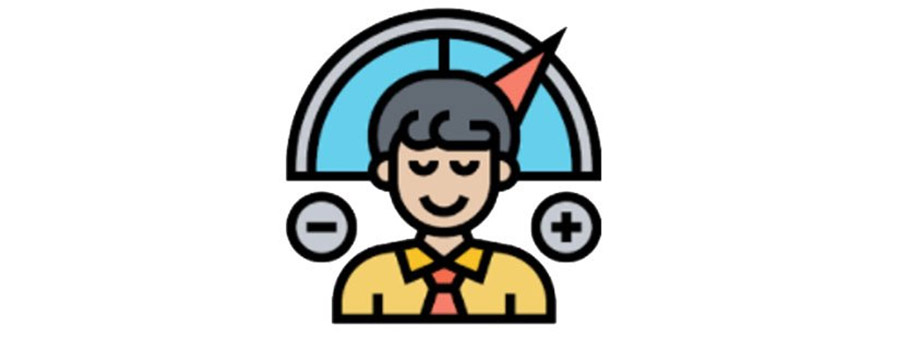
I always like to turn to wikipedia for a definition.
Wiki states that:
Training Needs Analysis (TNA) is the process of identifying the gap between employee training and the needs of training.
In short, it’s knowing what skills, knowledge, and behaviours to improve through training and development which in turn will result in improved performance.
That’s the bottom line!
It’s all about performance improvement.
So why bother with a TNA? Here are 6 benefits of conducting a training needs assessment of some kind.
1. TNAs enable you to identify knowledge and technical skills gaps before they become a problem
One major benefit of completing a training needs assessment is it can help you and the employee to identify any knowledge and skills gaps before they become an issue and have a negative impact on the business and or the individual. Highlighting the potential problem and finding a solution is far better than having to deal with an issue because of the gap. The training needs analysis will allow you to take a proactive approach rather than waiting for something to go wrong before you realise there is a problem.
2. They help you to plan your training for the year
On completion of the TNA, you will be able to plan your Leadership Development Programme or other learning and development events, allowing you to align training to working practices, patterns of high business activity and importantly prepare a budget for your training over the course of the year.
3. Highlights training you may not have considered
It is often difficult to formulate a plan for training within a large organisation without completing some sort of background research first. You may think that you know the type of training your team should be completing, but a TNA could highlight areas that your team needs training on that you never even considered before.
Without the use of a TNA, you may never have considered a particular area of training, which could have severely hindered your business.
4. Enables training to be focussed on the right areas
Completing a TNA will allow you to see exactly what you need to focus on, but it will also highlight the areas your team really do not need any further training on for the moment.
Key point – if there are no apparent gaps in knowledge or skills in a particular area, then running further training on it could be a waste of time and money!
5. Helps to determine who should attend training
Determining who should attend training is an important step in planning training – the key is to ensure the right people are in the right training sessions. There is no point in making everyone in your organisation attend every training session you run. To be honest this is a complete waste of energy, time, and money for the business. This approach also leads to disengagement and demotivated staff – staff will not be engaged with training sessions if they are frequently attending training which is of no use to them.
A TNA will enable you to target the correct people for each training session, ensuring everyone is following a personalised training plan, so they get the most benefit possible.
An example of this is with running apprenticeship programmes. The programmes we run include management apprenticeships, sales executive apprenticeships, coaching professional apprenticeships, project management apprenticeships and customer service apprenticeships. With each of these programmes it’s a funding requirement to conduct an initial training needs analysis through what is called a Skills Scan.
A Skills Scan benchmarks all learners against set criteria to see if they are suitable for the programme and the knowledge, skills and behaviours that are required for each. To get on the programme you most likely need a score of 6 or below out of 10. Any higher and you might be too “qualified” for the programme. So, a TNA can really help with this.
6. Helps you to prioritise training needs
Most organisations find it difficult to plan training – it is hard to determine which training is the most important. By using a TNA, you will be able to target the training which needs to be completed ASAP, and which training can be left till later in the year.
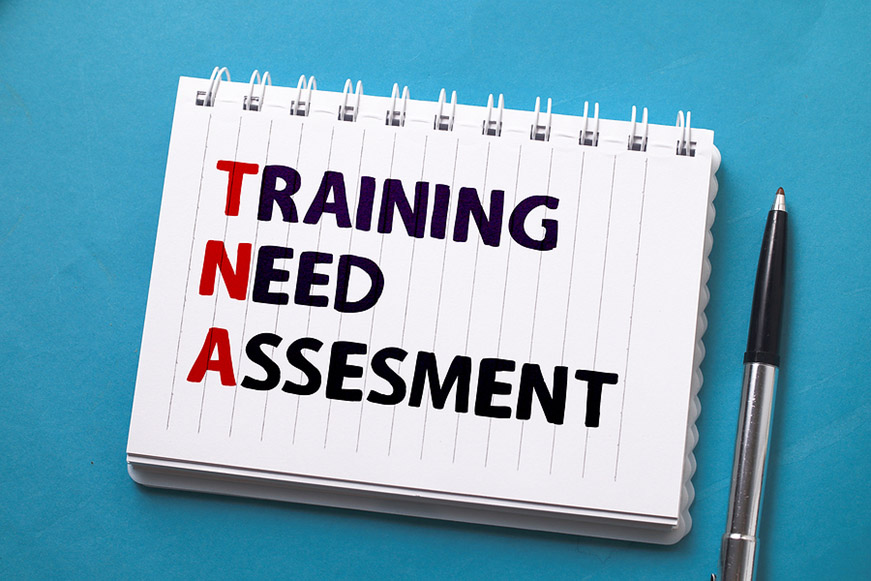
So where do you start?
In an ideal world your organisation would carry out an organisational needs assessment first (ONA) – this covers exactly what your organisation needs to develop, to grow and improve.
It’s a big gap analysis up top!
This then filters down to department needs and then finally to an individual training needs assessment.
In a lot of situations L&D, HR and Managers alike just want to know what their staff need to do their role more effectively! Hence it can be a tactical activity as well as a strategic one.
Blanchard and Thacker created a very useful TNA model.
They split out the process of training needs assessment into 5 areas.
Organisational Support
This is all about lining up your ducks and getting your key stakeholders on-board to first, agree that a TNA needs to be done and secondly, how it will be done.
I’ve seen this often happen with a trigger event which means that someone or a group in authority recognises that the Actual Organisational Performance (AOP) is than the Expected Organisational Performance (EOP)
Triggering Event = AOP<EOP
It’s normally got to come from on high if you are going to start with an organisational needs analysis. But if you’re looking for a department, team or individual training needs analysis, then it can be completed without an ONA, but it will be more tactical and based on the needs of your people rather than coupling the skills they need now and, in the future, so that your organisation meets its own needs and targets.
Organisational Analysis
This is about setting the goals and the objectives for the TNA and as mentioned this will start with an organisation needs analysis.
So, think about what you want to achieve as an organisation, if the training climate is right and identify any external and legal constraints that might get in the way of what you want to achieve.
Requirements Analysis
Here, you’re looking at the various jobs and roles that you have and how you will measure the capability of the people who are carrying out these duties. We have some options on how this can be conducted in the next section.
You’ll also be looking at the people who will be involved in the TNA, whether it’s a whole department, the entire workforce or if you’re doing it role by role.
Apart from measuring your missions, values and behaviours, each role will be different so will require a different set of criteria on which to base the analysis on.
Job Analysis
This is where the rubber meets the road! For each role the following will need to be determined:
You’ll then be able to develop task and KSA clusters.
Person Analysis
This is where the gaps in knowledge, skills and ability are identified and then a plan of action is put in place to improve them.
This normally happens with some goals and key performance indicators being created and then a development plan produced off the back of it.
It doesn’t always mean that training is the answer. Possible other solutions could include coaching, mentoring, online learning, action learning sets or reading a book! There are hundreds of possible solutions to plug the gaps.
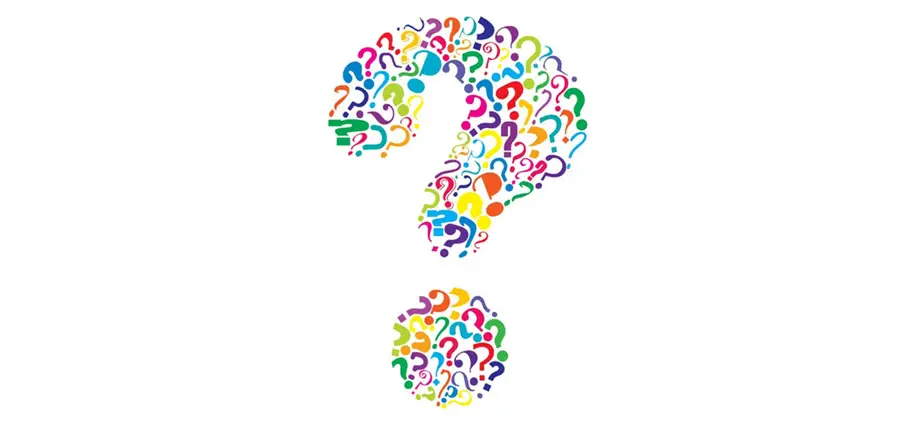
There are various ways in which you can measure the knowledge, skills and abilities of your people. Let’s look at some of the most common options.
Competency Based Assessments
These can take many forms including behavioural assessments, skills checklists, gap analysis and aptitude tests. Competency based assessments are where the employee demonstrates their ability to work through specific areas of competency which are based on what excellence looks like in the role.
360 Degree Feedback
This is where knowledge, skills and behaviours are assessed by:
The learner may think they are great at a particular task but what do their direct reports think? There might be a big disconnect between opinion and reality.
By gathering training needs via a 360 degree feedback activity you can gain a more rounded and accurate picture of the learner’s strengths and areas of development rather than just a self-assessment.
Performance Management Data
Think of all the reviews and one to ones that take place in your organisation…
There is so much data that can be used on the outcomes of these.
If the reviews are done consistently and in the same kind of format, then training assessment needs can be obtained quite easily. The challenge comes if reviews are ad-hoc and that there is no standard approach to collating and gathering the data.
TNA Questionnaires
A TNA questionnaire is normally a self-assessment of skills, knowledge, and behaviours. A survey will be sent out to each learner, and they rate themselves, normally out of 5 or out of 10.
It’s the simplest form of TNA but it is effective.
SWOT Analysis
I’ve seen this completed on an individual and group basis in the past. In terms of a group, you can gather learners together who are in the same role and through some interactive exercises and practical activities you can ask them to brainstorm all the strengths, weaknesses, opportunities, and threats in terms of their role and the knowledge, skills and behaviours that are required in their role.
Once obtained you can ask everyone to rate themselves against each of the criteria that have been produced.
Johari Window
This can be used as an exercise for gathering individual or team training needs.
The facilitator can use the Johari Window to identify strengths and weaknesses. This works well when you can gather a team or department together.
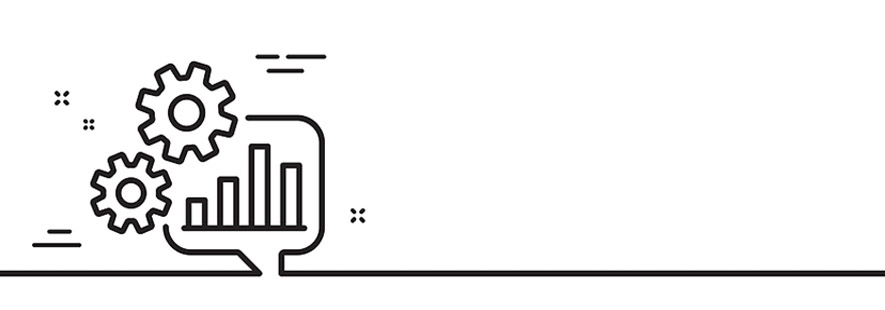
Here’s a basic training needs assessment example. It’s a simple excel file to give you an idea of what the end product could look like. This would be an overall TNA for a team or a department. Within this example are some management development competencies.
You’ll need to do some preparation upfront and gather or create the competencies you want to assess. Group these into competency or areas of knowledge, skills, and behaviours.
Next, you will need to decide on a scale. Most organisations use a 0 to 5 scale or a 0 – 10 scale. It’s important to provide some guidance for the rating scale. For example, what does a 2 look like? What does a 10 look like? Provide some narrative so learners are rating themselves consistently. Someone’s “10” for example might be another person’s “8” if they have very high standards and find it hard to give themselves praise.
Training Needs Assessment Template
Guidance on scoring example.
| Rating | Guidance |
| 0 | Absolutely zero knowledge in the area. Never heard of it. |
| 1 | Heard of it, is aware of it but no skills or knowledge. |
| 2 | Developing some knowledge about the topics. Little application. |
| 3 | Competent in the area but inconsistent in applying. |
| 4 | Very competent and consistently applies in role. |
| 5 | Expert level. Applies at work. Could coach and train others on it. |
If you want to take your TNA to the next level, then you should look at using a training needs analysis software tool to help you. This will put your campaigns on automatic pilot and in most cases, they take minutes to set up and run.
The tool will send out the surveys, gather the data and they should also collate and analyse the data for you as well. The days of excel based training needs assessment will be long gone.
We have developed our own tool called Feedo. It enables organisations to measure their team’s training needs and is loaded with over 600 different questionnaires to help.
The tool will enable you to run 360 feedback, 180 feedback and TNA campaigns. It’s the ultimate training needs analysis software tool.
The beauty of this is that you can roll up departs into team, department, or organisational level. Hence you can measure what you like making it easy to identify the gaps in skills, knowledge, and behaviours.
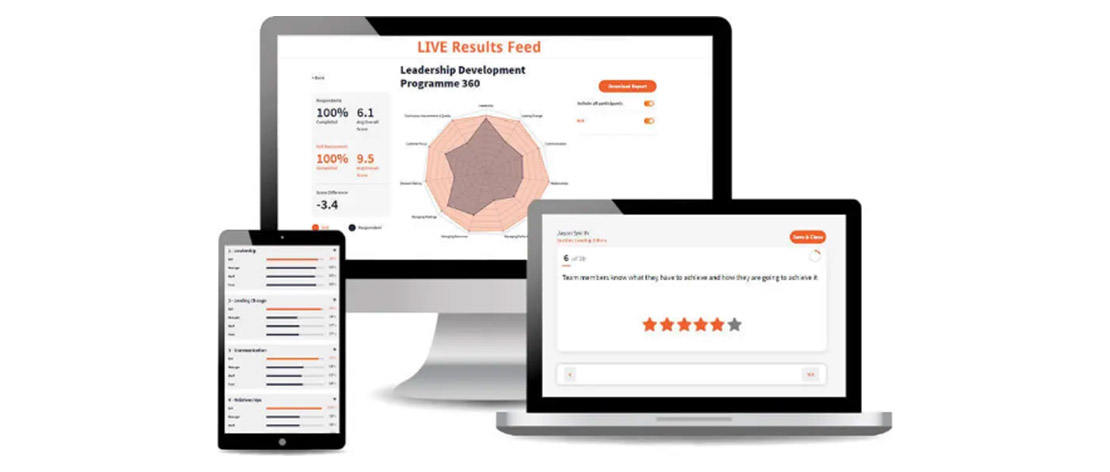
Get in touch to discuss how Feedo could help you.
Implemented correctly a TNA can be a win-win for both the organisation and for the individual. The individual benefits because they become better at their role and hence has more motivation and engagement in what they are doing. The organisation benefits because it reaps the reward of all the additional productivity, output, and effectiveness of their people.
Still need convincing. Just what exactly are the benefits of training? Here are some reasons…
And of this starts with a training needs assessment!
If you’ve already got your TNA completed, then here are some online management training options to help you fulfil those needs as part of a blended approach.
If you’re looking for ready-made resources to support your managers’ development, download our free leadership slide deck. It’s packed with practical slides you can use straight away in workshops, meetings or coaching sessions. Curious how we compare to other management training companies? We’ve put together a breakdown of the best management training providers in the UK.

Written by Sean McPheat
CEO of MTD Training and Amazon bestselling author. Sean writes about leadership, business, and personal growth, drawing on 20+ years of experience helping over 9,000 companies improve performance.
Updated on: 6 January, 2022
Originally published: 14 December, 2020
Related Articles

Search For More 